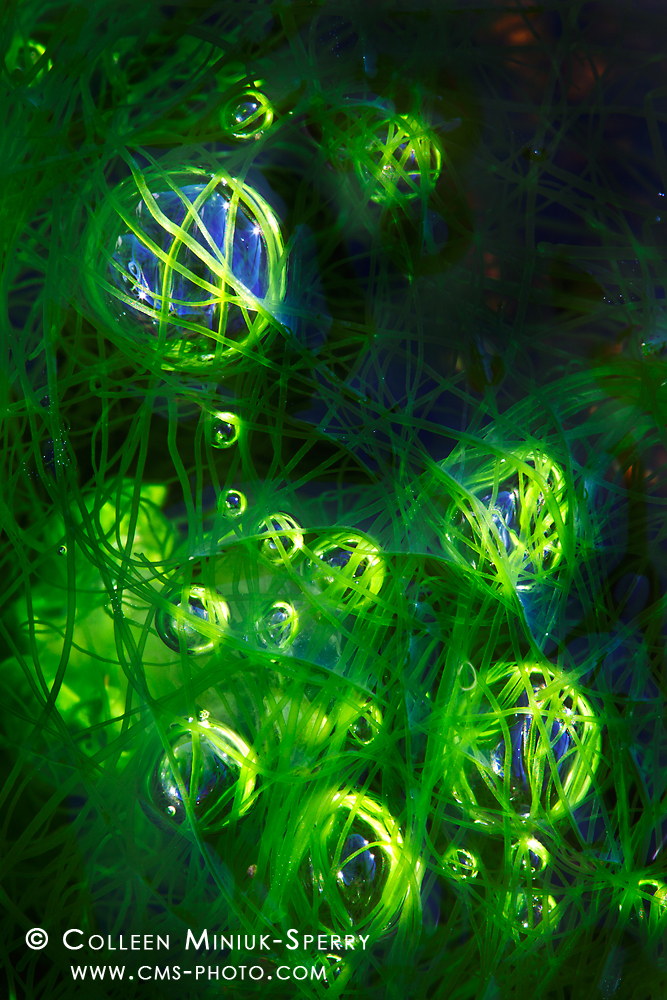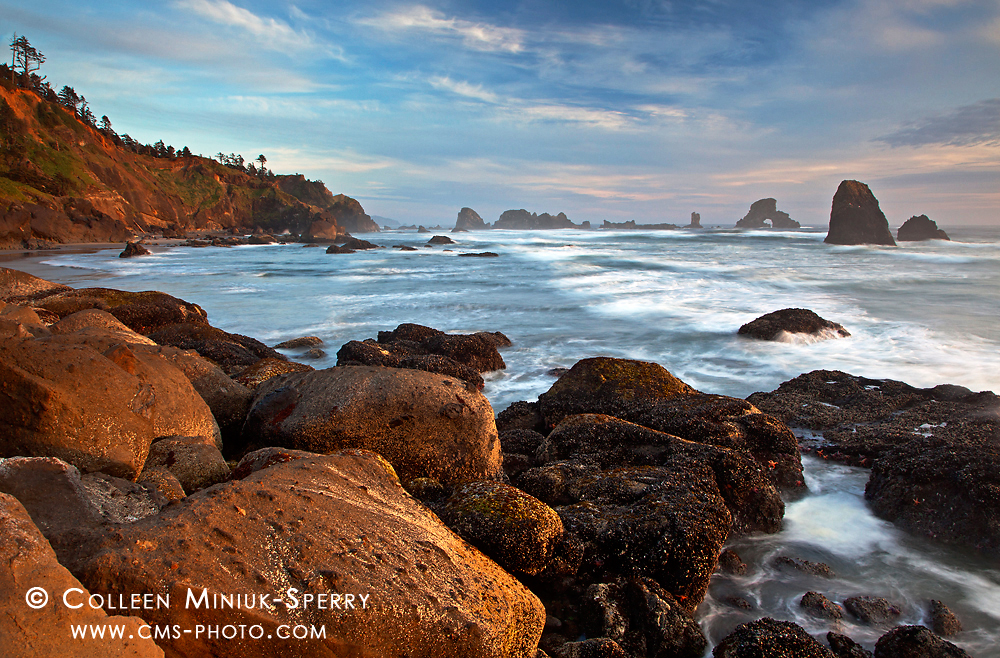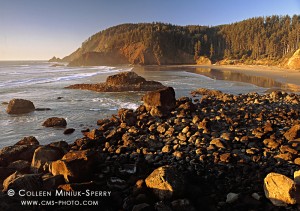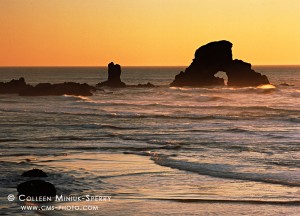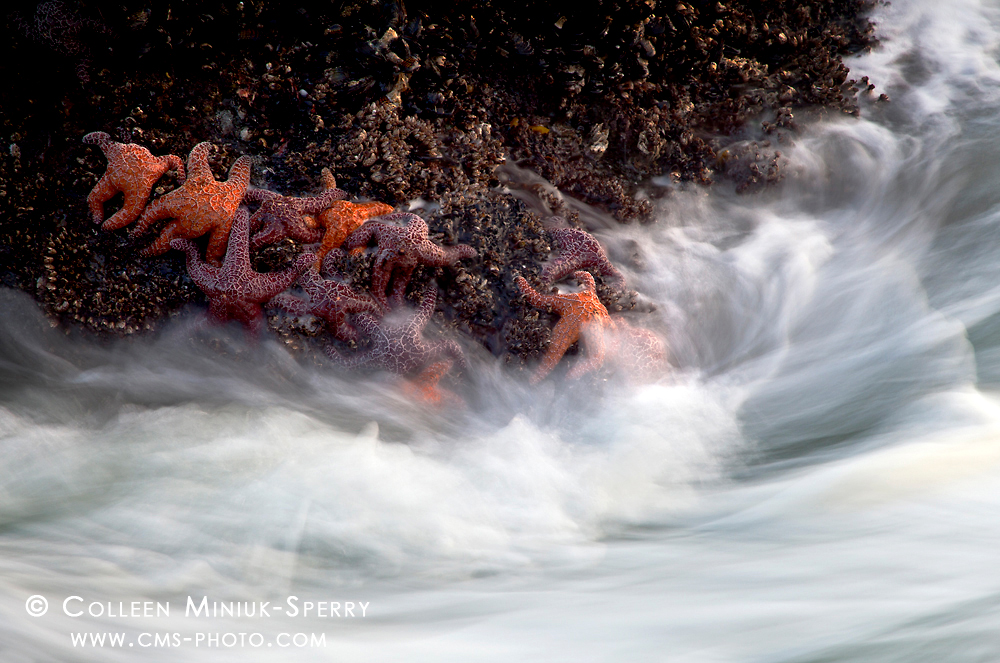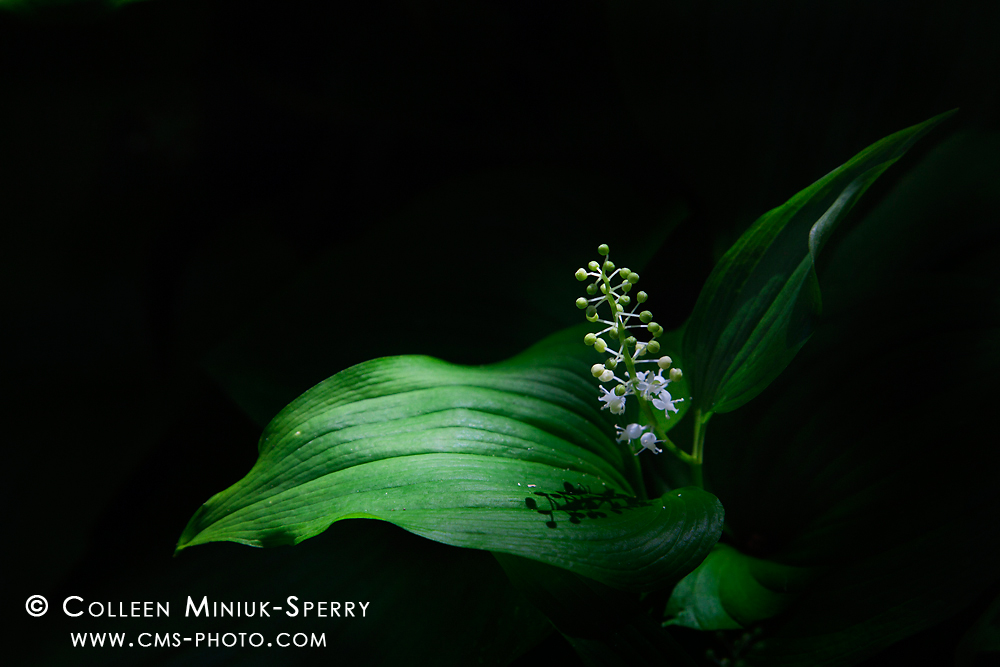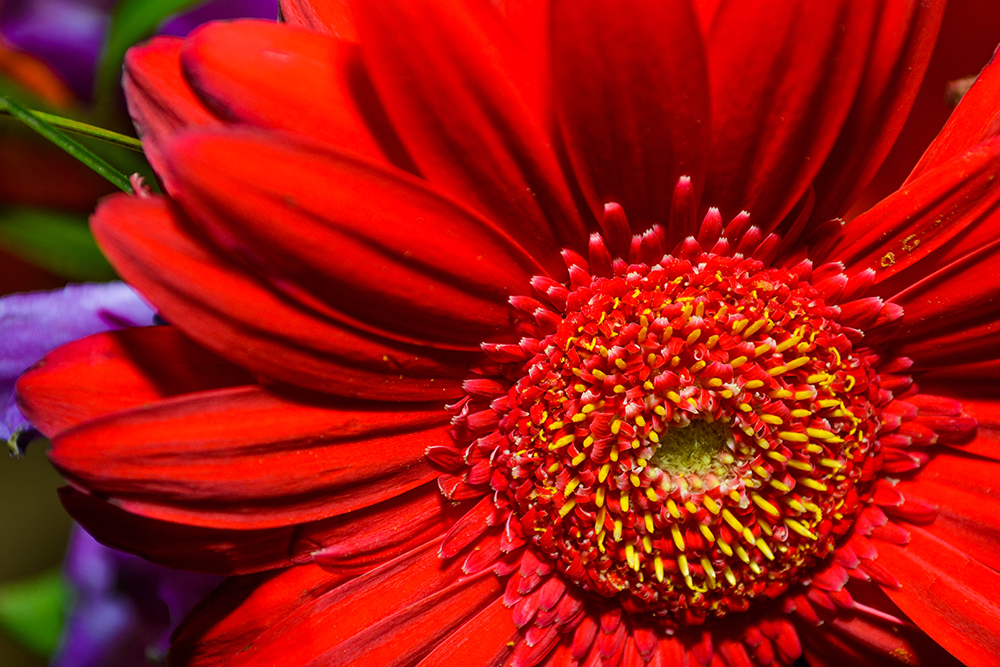
“What Lies Within Counts” || Abstract, close-up view of a dandelion seed head from City of Rocks National Reserve, Idaho (Prints available – click on photo to order yours!)
Sometimes while photographing, we arrive at a grand scene offering so much beauty that causes us to – rightfully so – feel quickly overwhelmed. To overcome this unsettling sensation, I tap into mindfulness techniques as a way to become more aware and connected with our surroundings (as some of you have experienced while participating in my photo workshops).
When I intentionally slow myself down to express curiosity and gratitude for my surroundings, the process oftentimes leads to a “flash of perception” experience, or in other words, a moment where I say, “WOW, look at THAT!” When I catch myself saying this (especially if I say it aloud while alone!), I know instantly it is my cue to break out the camera gear and start creating a photograph.
Without further exploration and definition, though, the “THAT” is difficult to bottle up and stuff into a rectangular frame successfully. To help provide additional guidance to my compositions, I will frequently title my image before I snap the shutter. If I have trouble condensing my thoughts into a short title, I will simply talk through what I am seeing, focusing on the shapes, colors, lines, forms, etc. grabbing my attention. As I outline my thoughts, I pay close attention to the words and concepts I can express photographically.
In May 2015, at the Moab Photography Symposium, a frequent attendee and fine photographer introduced me (and eventually the entire audience) to his favorite way to connect what he sees with what he feels – a haiku – a technique he learned from famous photographer Eddie Soloway. Using the traditional haiku form of three lines (the first and last lines requiring five syllables and the second, seven), a photographer describes what you see in the first two lines and then how you feel about it in the final line.
Having a great interest in poetry myself and having created haikus before in a different context, I immediately gravitated towards this new idea so relevant to photographers trying to understand their surroundings and ultimately, express their thoughts in pixels. I’ve not only incorporated this process more regularly into my own photographic pursuits, but I now also offer it to my students during my photography workshops as another option for expressing what we observe. In fact, I put the practice to recent use on my photographic outing last week.
While hiking one afternoon among the gigantic granite spires in City of Rocks National Reserve in southern Idaho, I came upon a meadow full of summer blooms – rabbit brush, yellow salsify, asters, and more – interspersed among the junipers and sage brush. I spent a few minutes simply admiring summer’s abundance – and my fortunate opportunity to see it. After observing for awhile, I noticed a small dandelion seed head off on its own in a small clearing in the middle of the busyness. I walked over to inspect more closely.
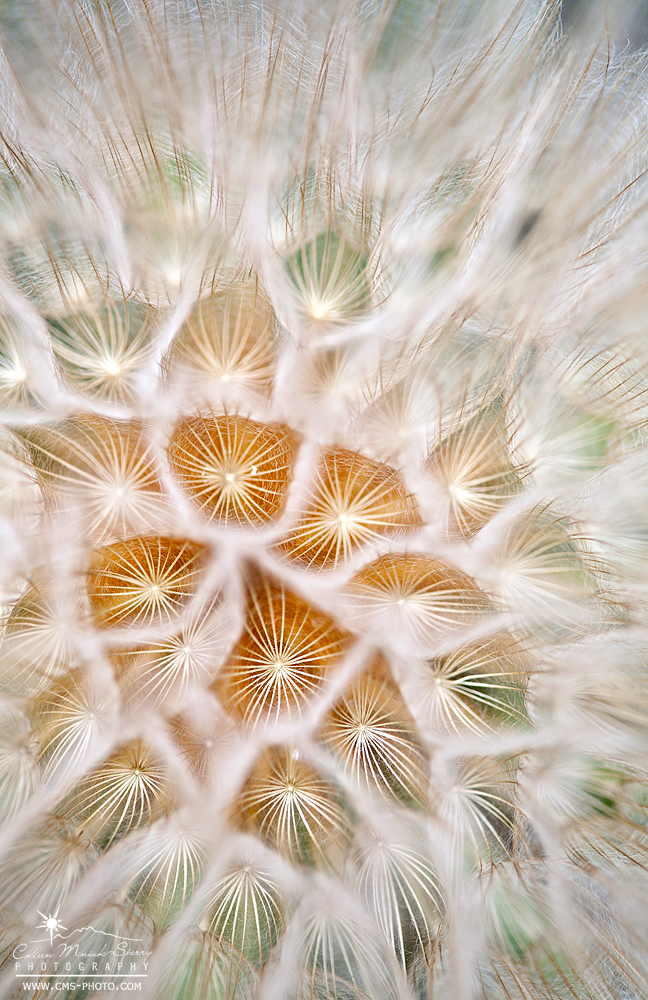
“Joy in the Little Things” || Abstract macro view of a yellow salisfy seed from the Henry Mountains in southern Utah (Prints available – click on photo to order yours!)
Having recently photographed a similar, but much larger subject – the yellow salsify seed head – in the Henry Mountains this past July (see photo “Joy in the Little Things” on the right) and again along the very trail I was hiking before reaching this meadow, I knew I wanted to get my lens as close as possible to study the intricate details of this smaller, but equally exciting, specimen. To do so, I grabbed my 100mm macro lens and two 12mm extension tubes.
As I set up around the fluff ball, I started to think about how I would title my frame by considering why I picked out this exact subject. Certainly, the intriguing shapes and structure contrasting the softness interested me. But, there was more to it than just the visual appeal…
I came up with “What Lies Within Counts” to reference not only the dandelion within the larger context of its existence in the field and it’s relevance to life in general, but also the heart-like shape I saw (which is the shape of the out-of-focus bracts of the dandelion) that offset the bright white radiating shapes.
Immediately thereafter, in almost in a whimsical song, a haiku started to develop in my head, with the title of my photograph becoming the last line of the haiku:
Look Closely (A Haiku)
A busy field sways,
Veils one dandelion’s grace –
What lies within counts.
With the title and haiku as my guides, I tested a number of different compositions to fulfill these notions. I eventually settled on placing the dandelion bracts as off-centered as possible to create a sense of asymmetrical balance while keeping the flower itself centered in the frame to allow for a natural vignette to occur (which is simply the edge of the flower appearing against the ground, blurred by a wide f/2.8 aperture setting). Because of a substantial, but irregular breeze, I bumped my ISO to 800, which yielded a fast enough shutter speed (1/500th of a second) to help freeze the dandelion as it swayed in the meadow.
In addition to waiting for the breeze to calm momentarily, I also waited for a cloud to pass in front of the sun to turn the harsh, contrasty mid-day light into more pleasing, softer diffused light.
As I packed up, I still noodled on the title and tagline of the haiku as it related to photography. In order to make our personally meaningful nature photographs, I certainly believe “what lies inside [the photographer] counts.” By paying attention to our individual backgrounds, experience, knowledge, and interests – all the things that drive you to you say “WOW, look at THAT!” – leads to more consistent success and satisfaction in the image making process.
Just remember to look closely not just at your subjects, but at yourself as you do so…



